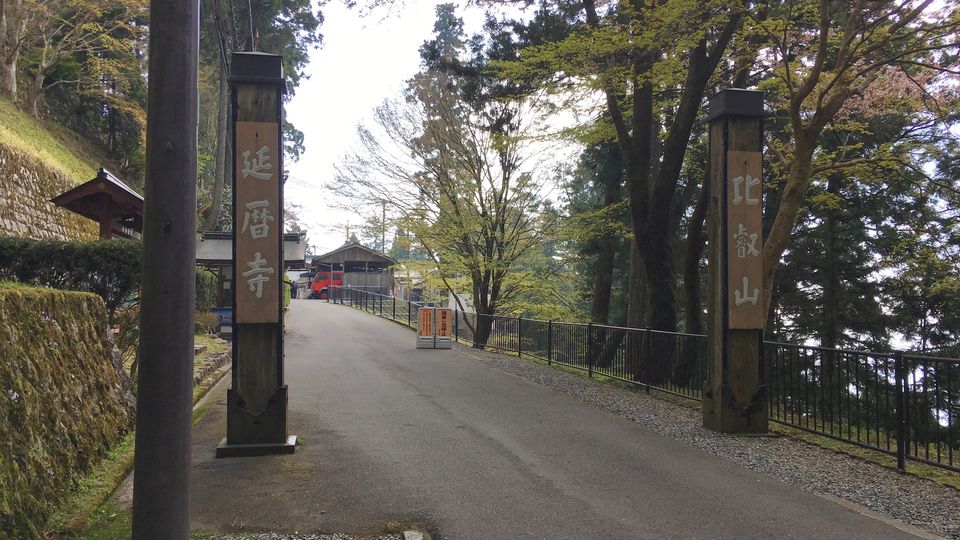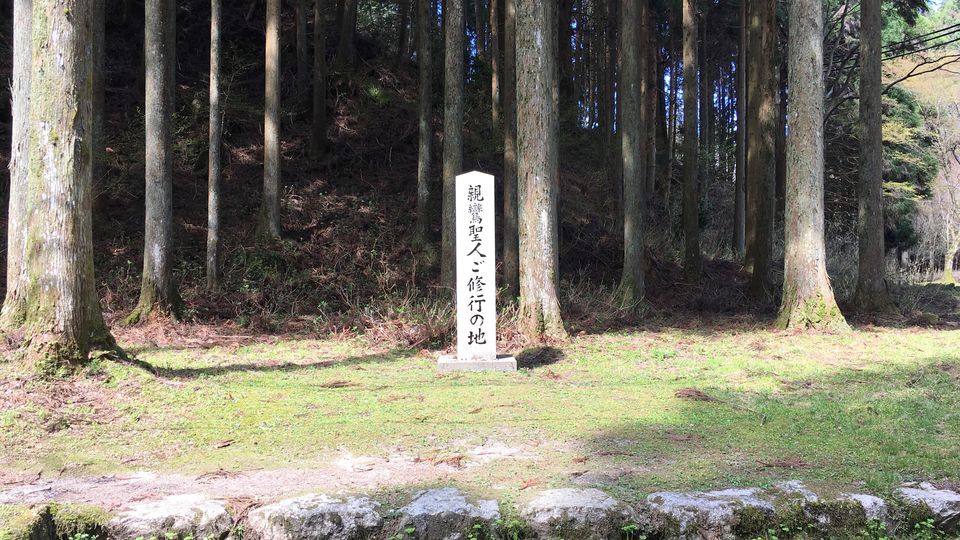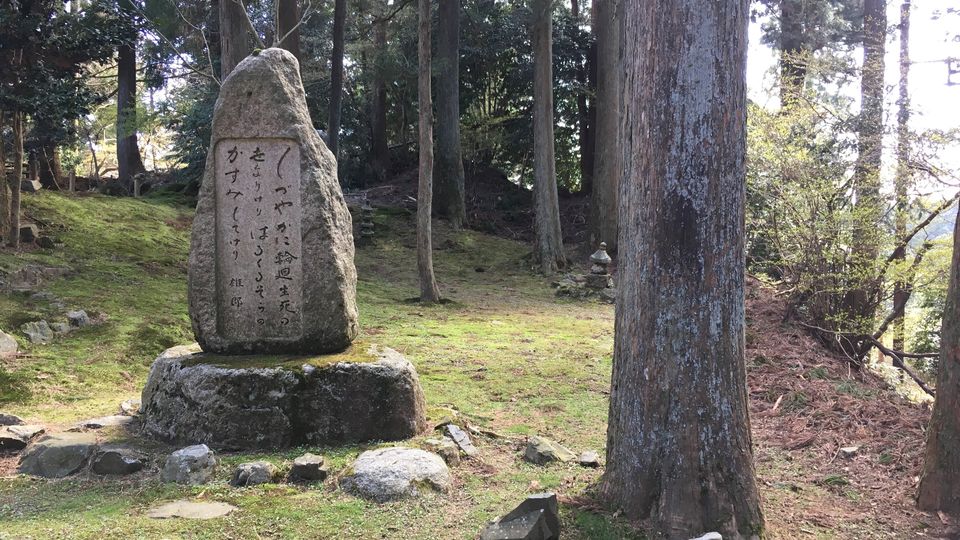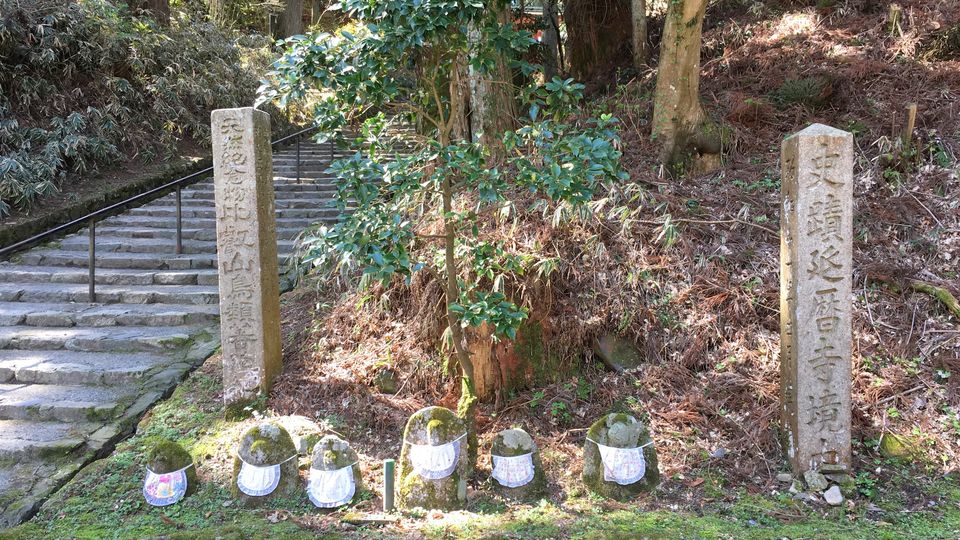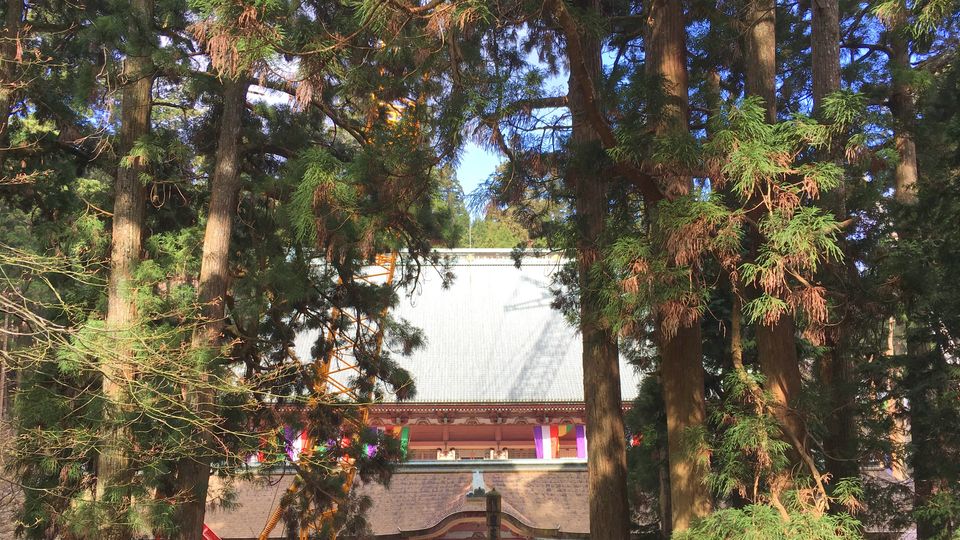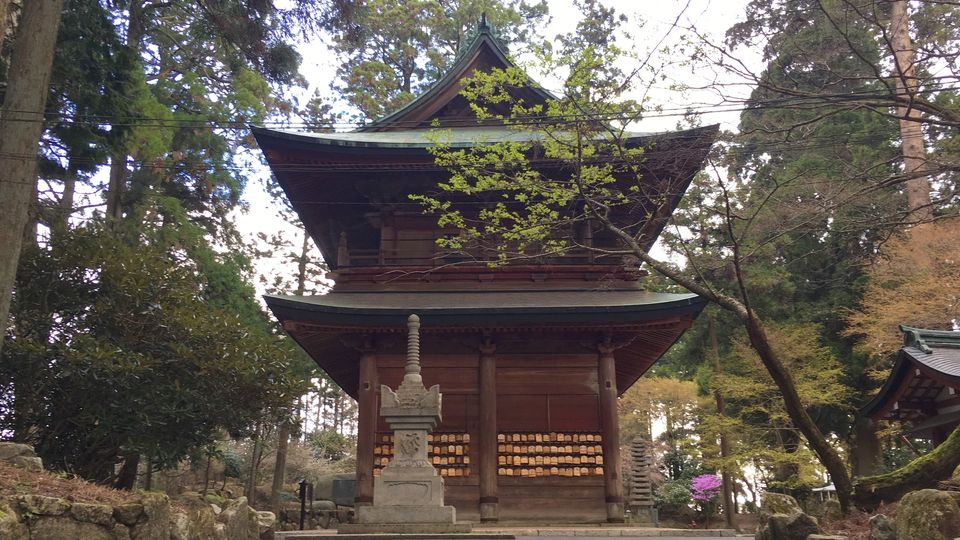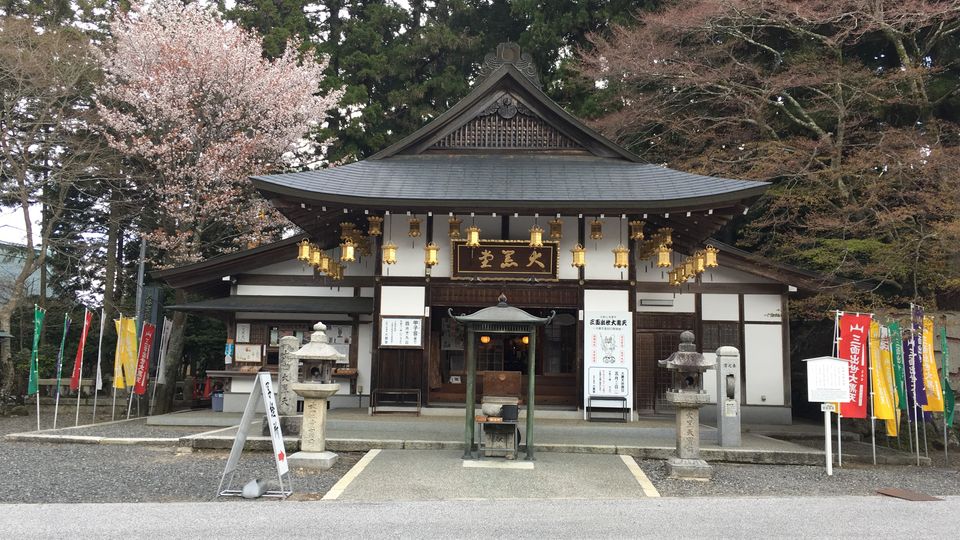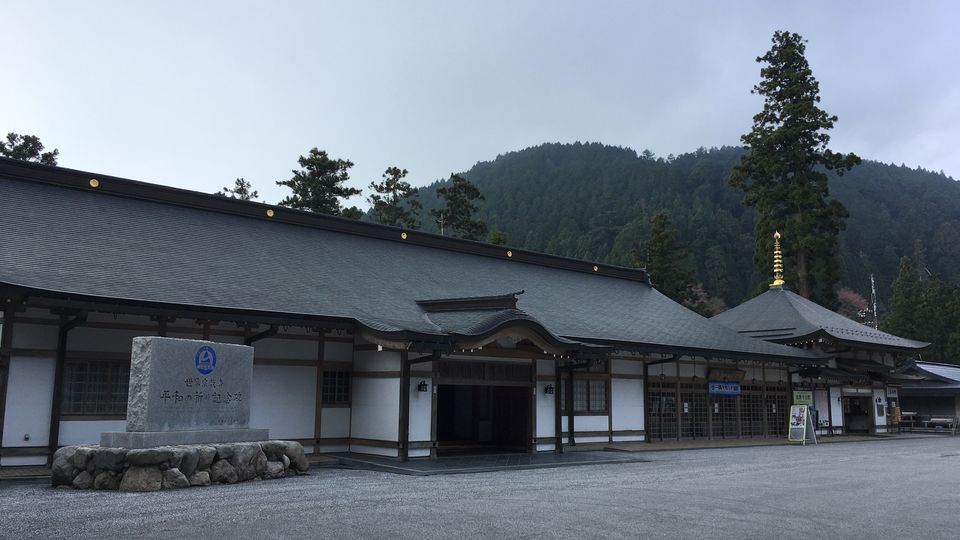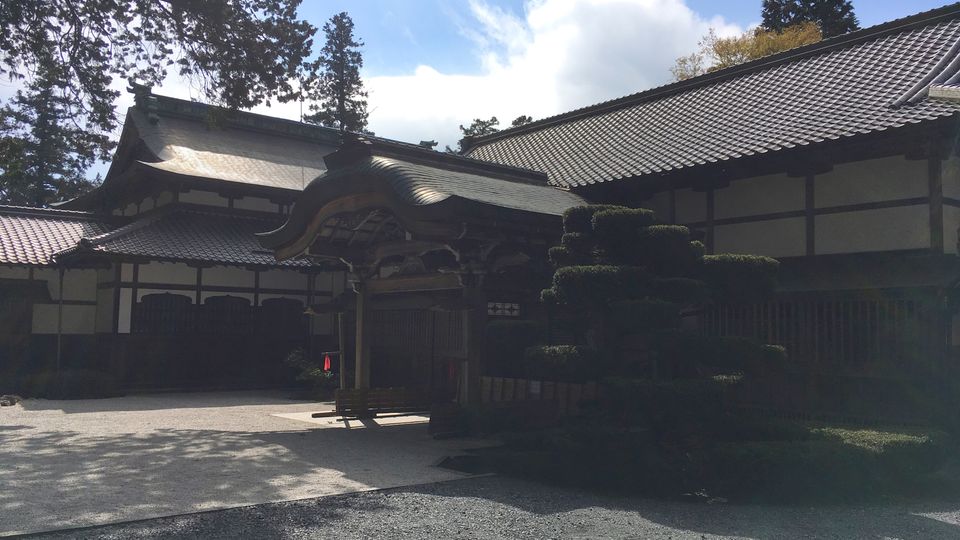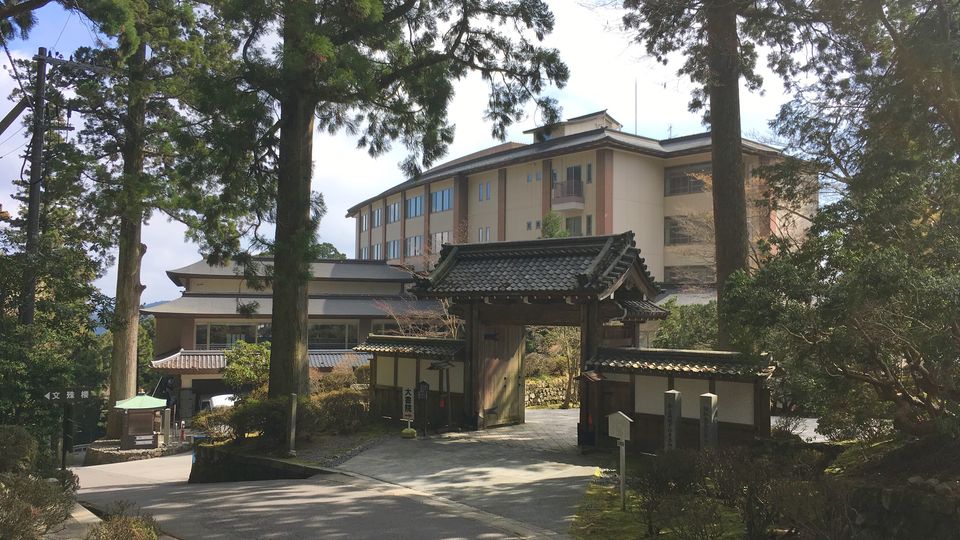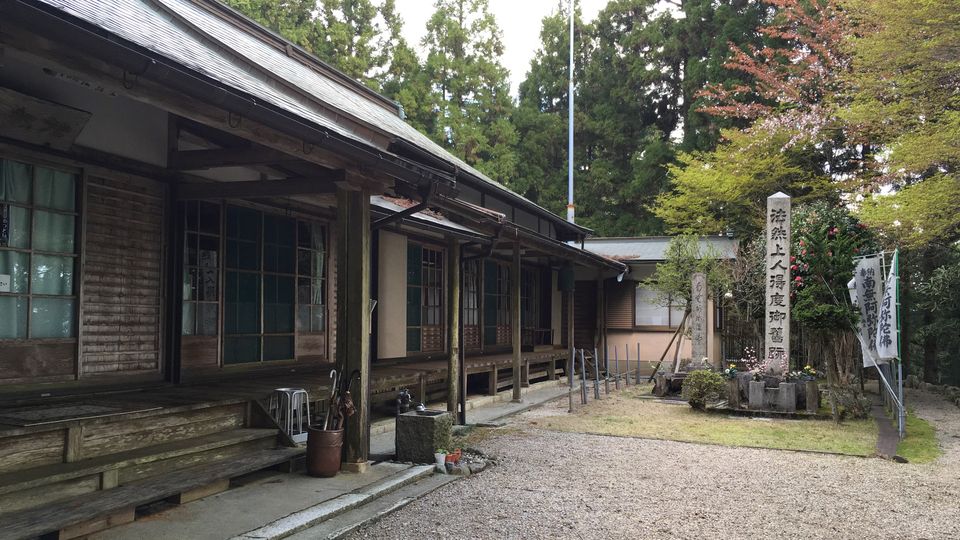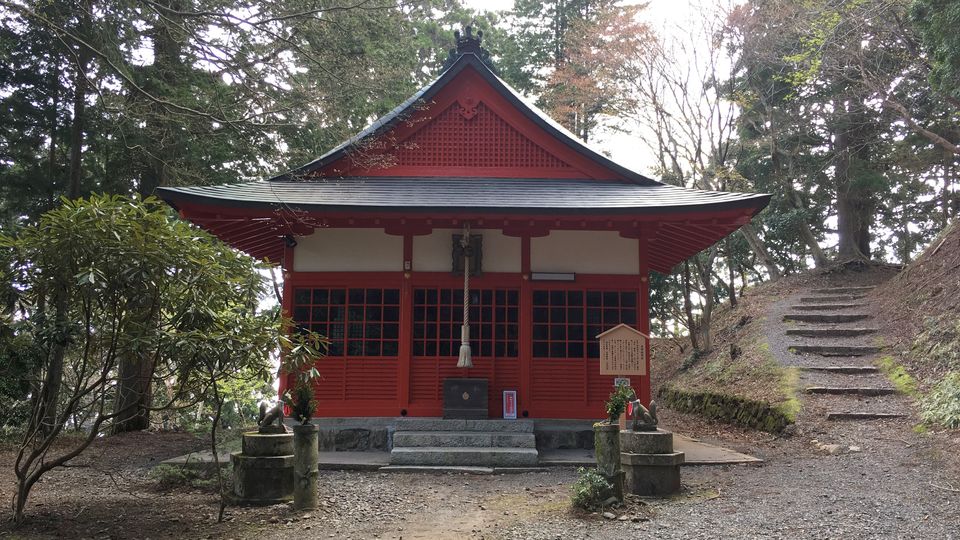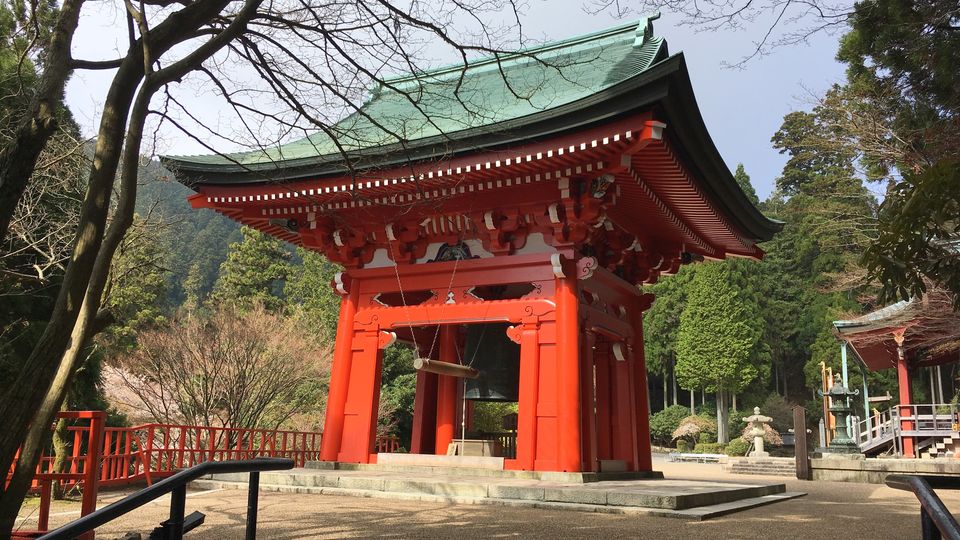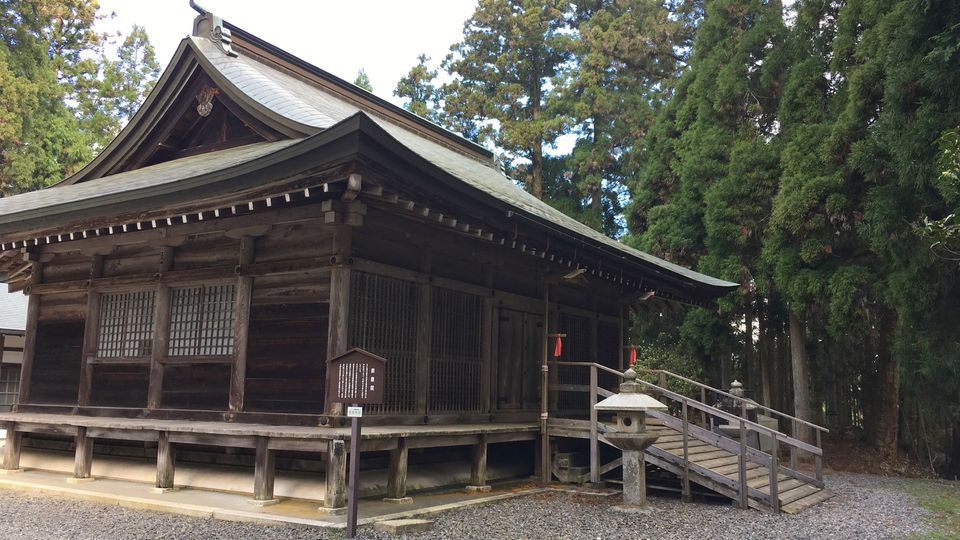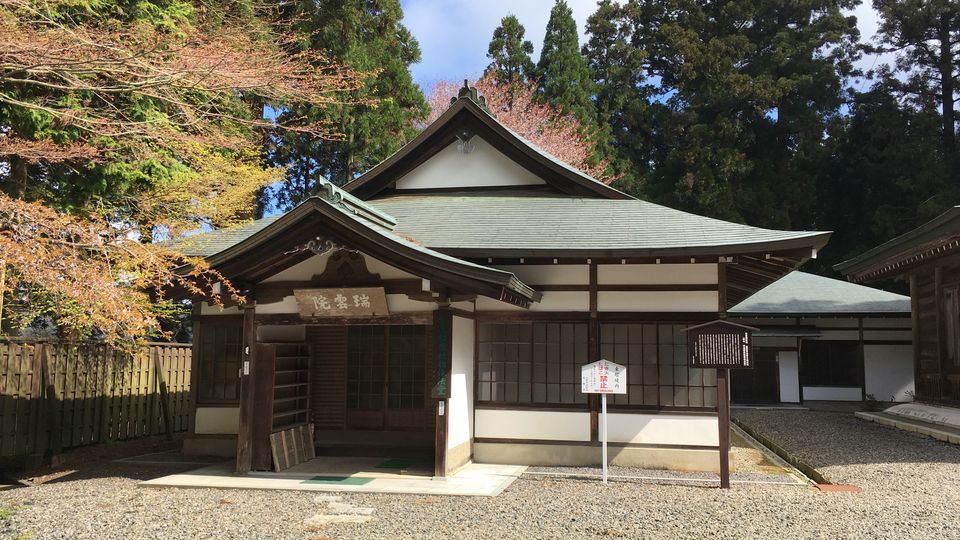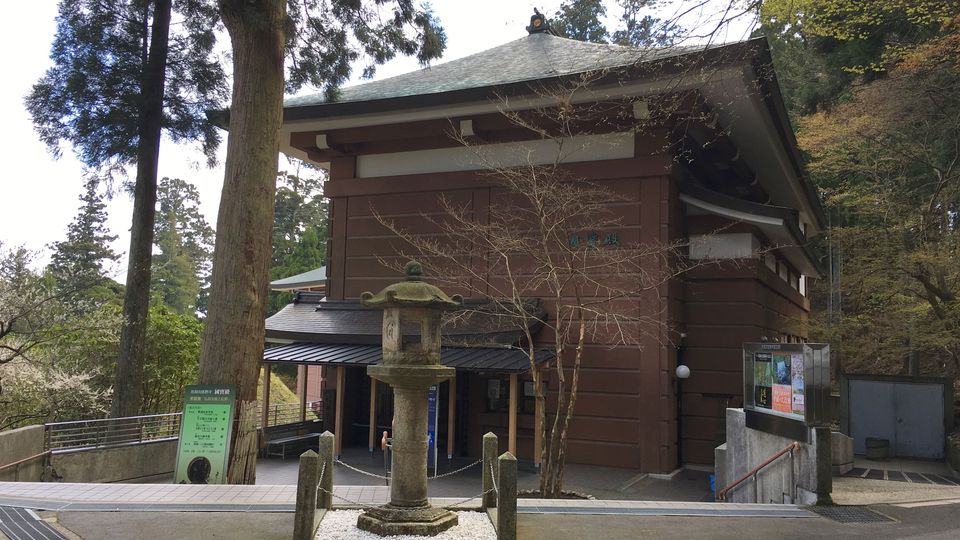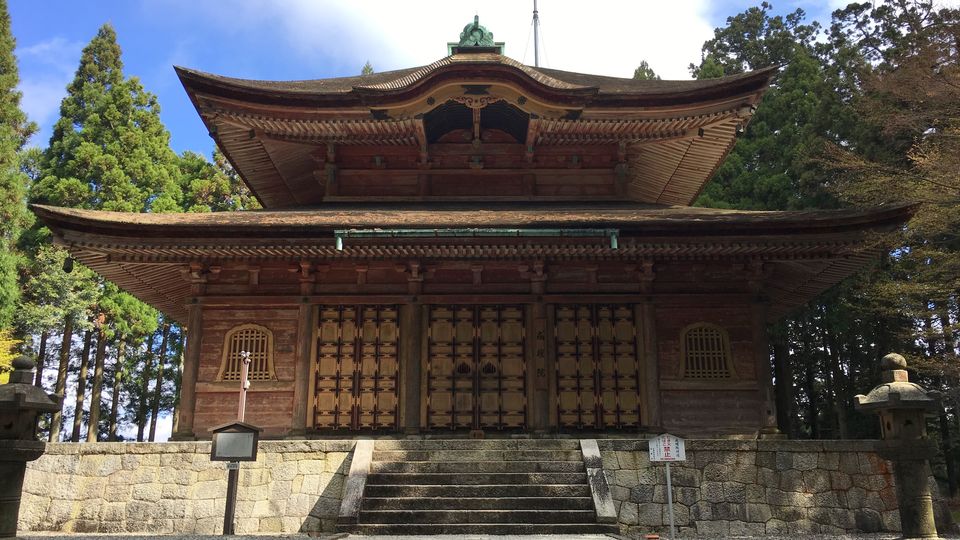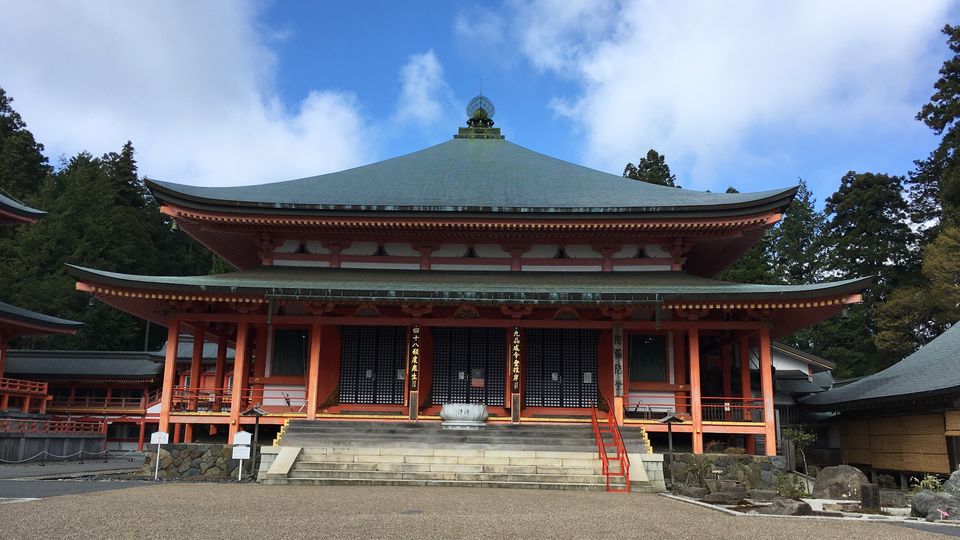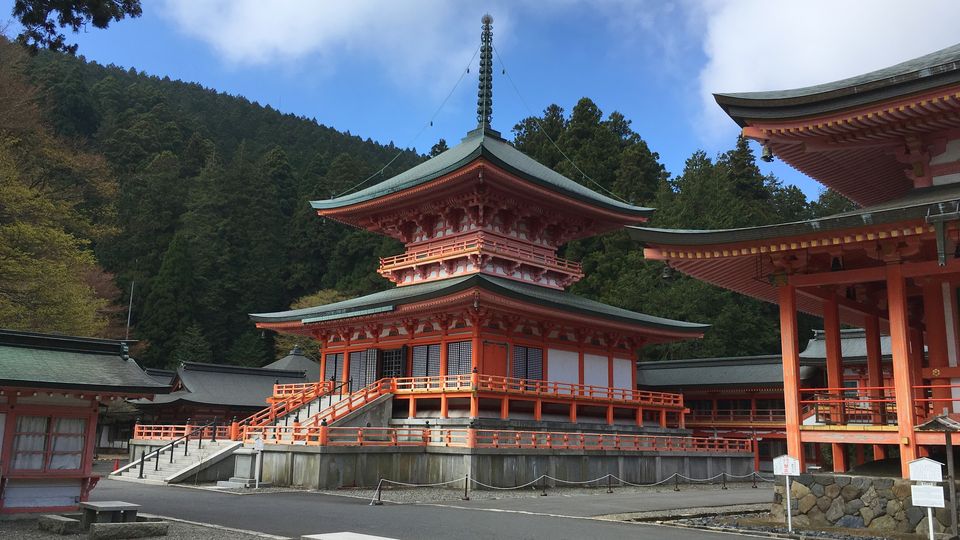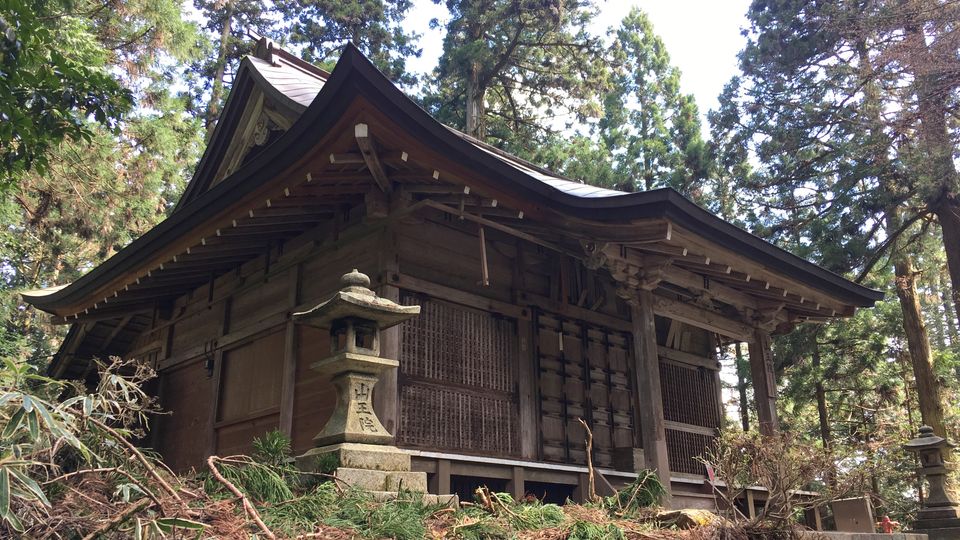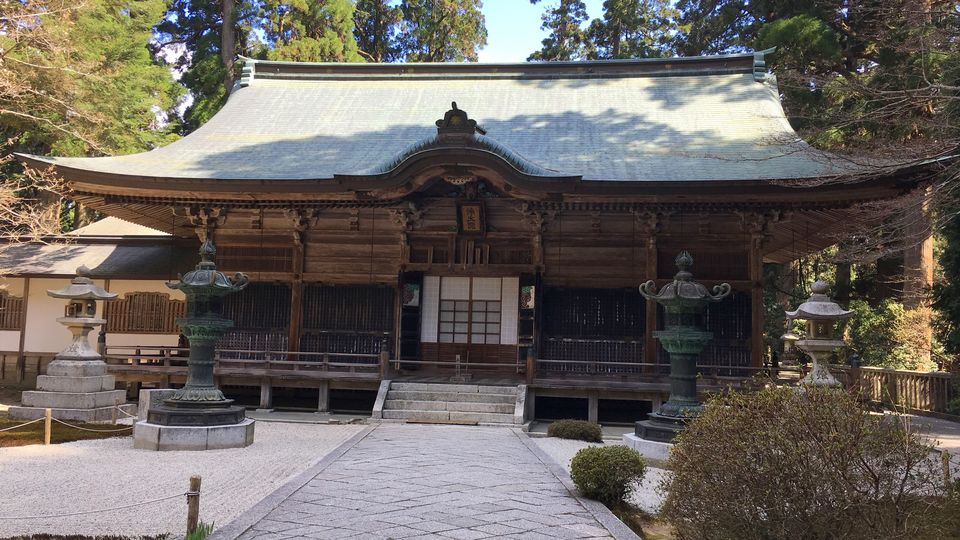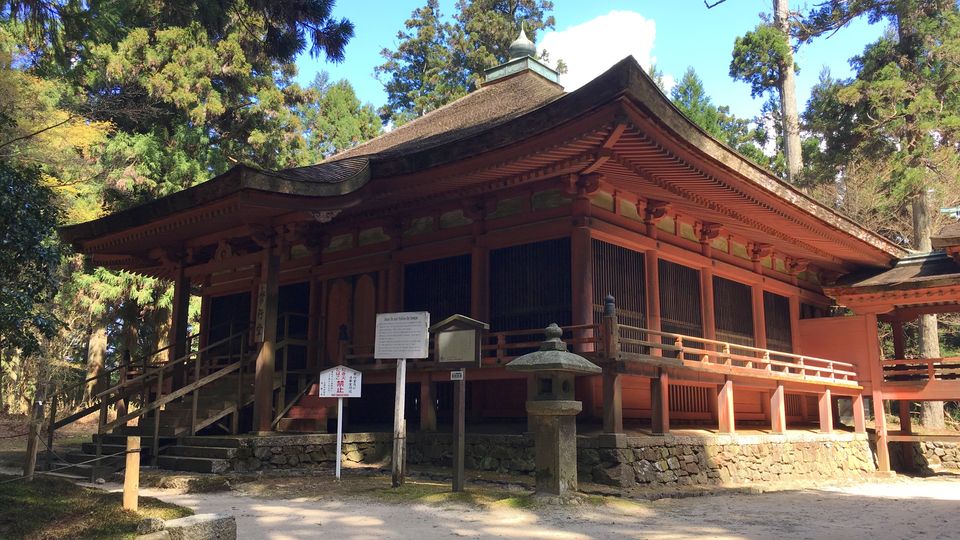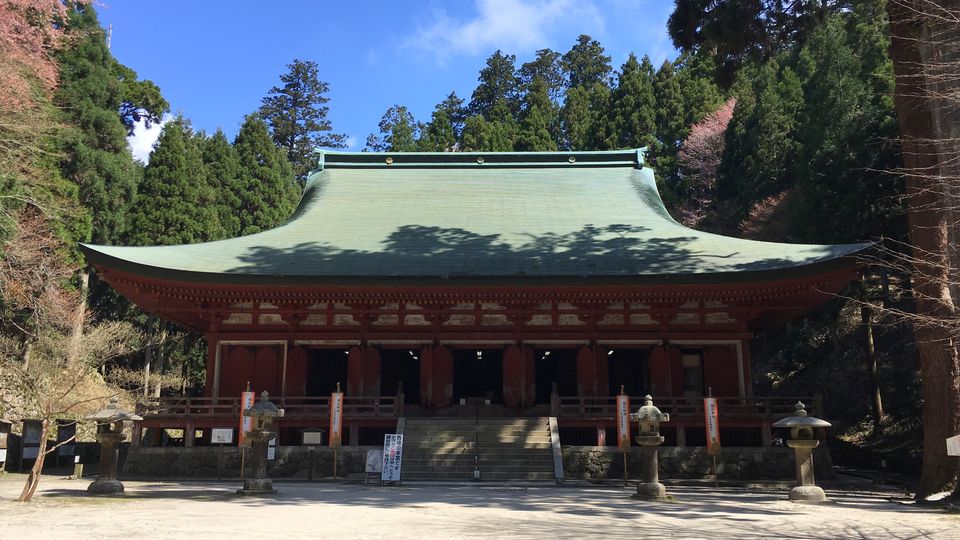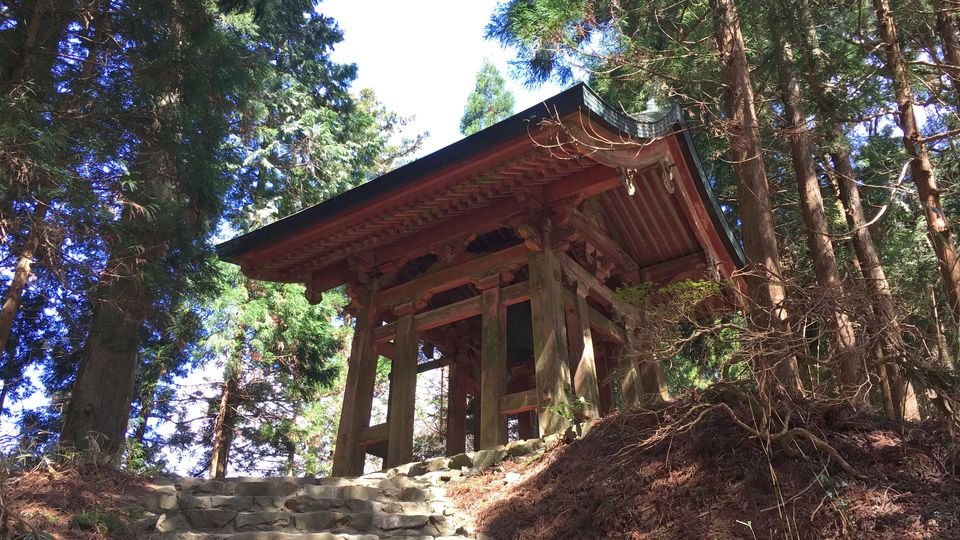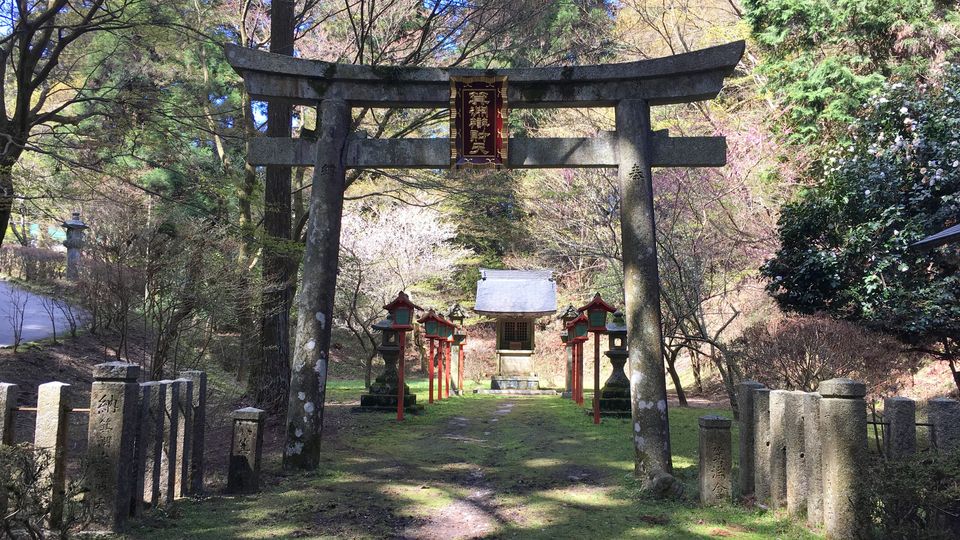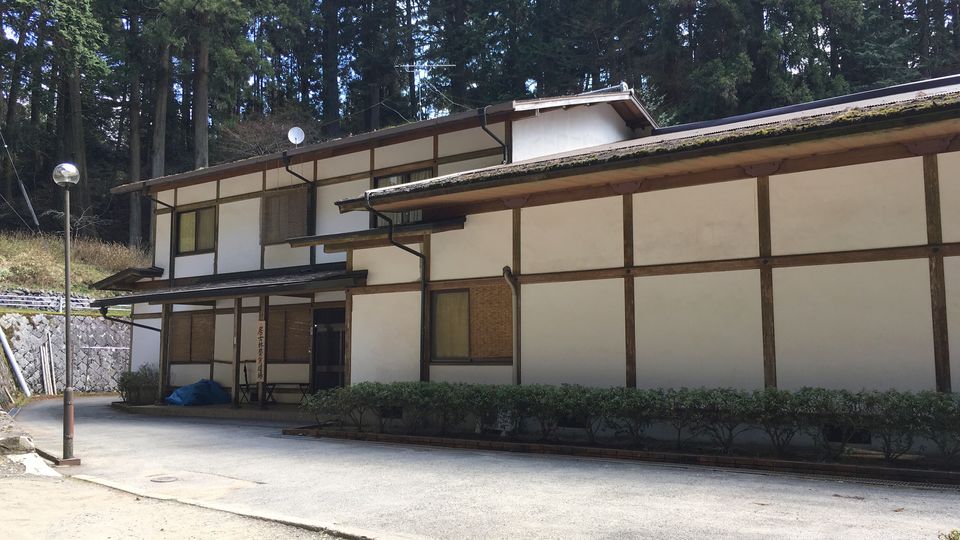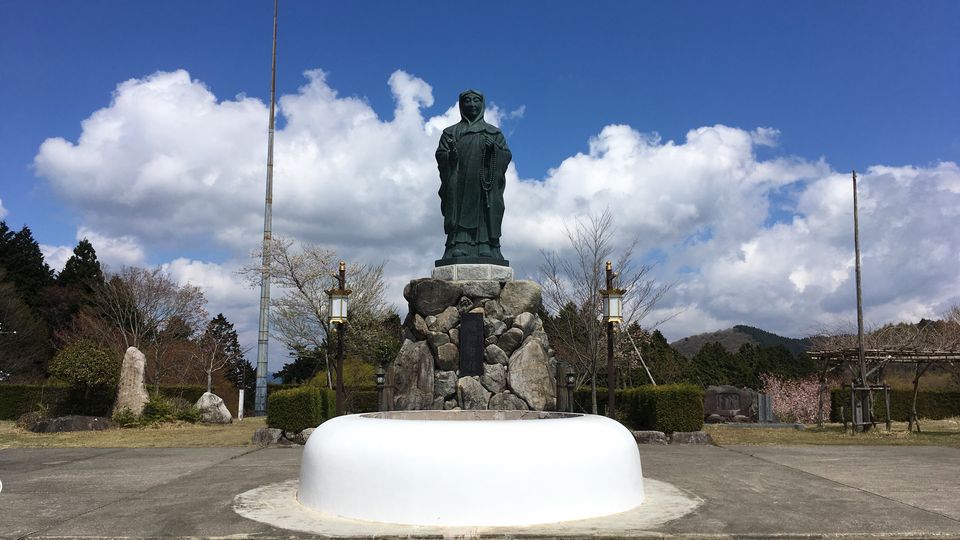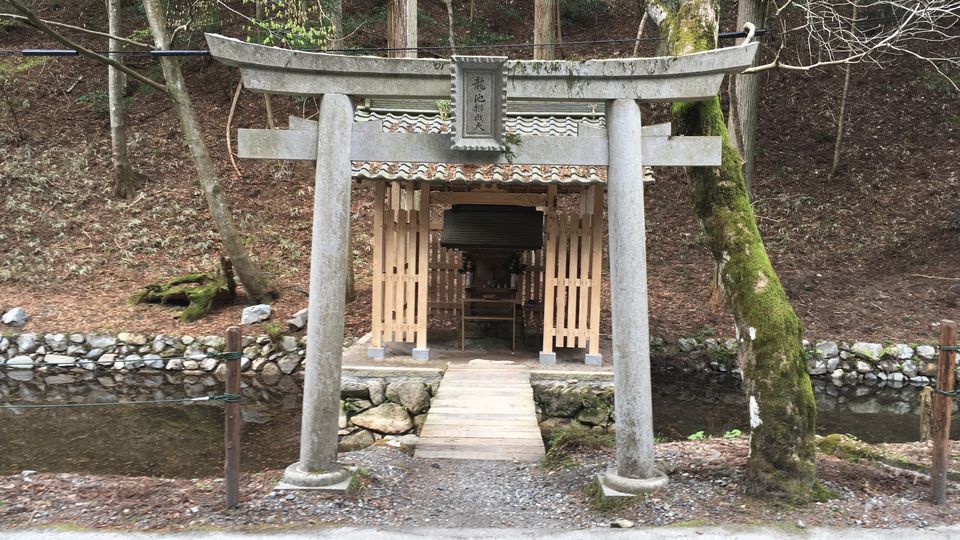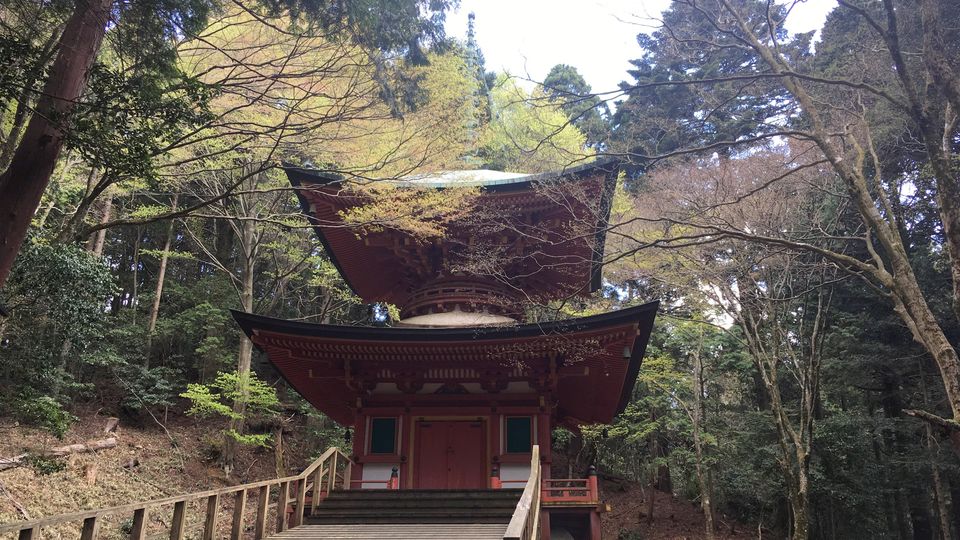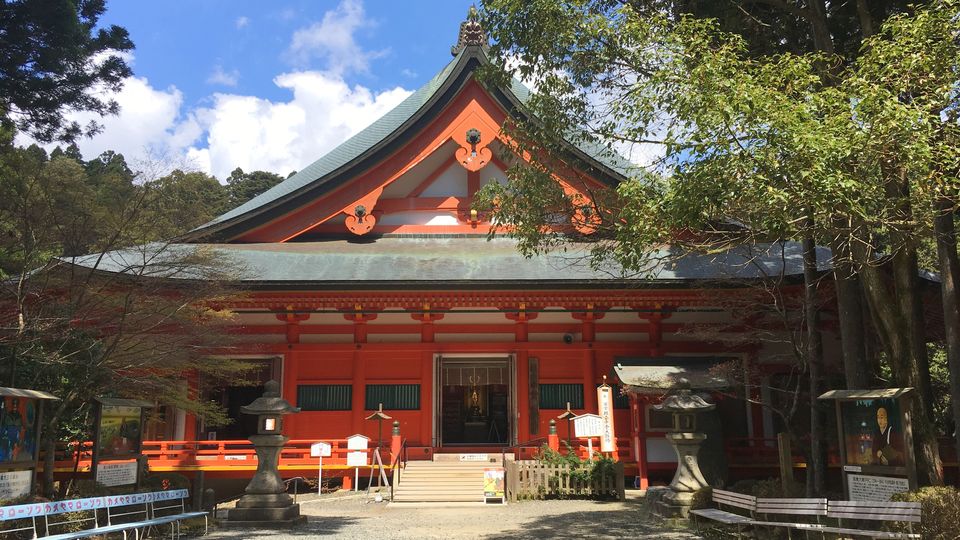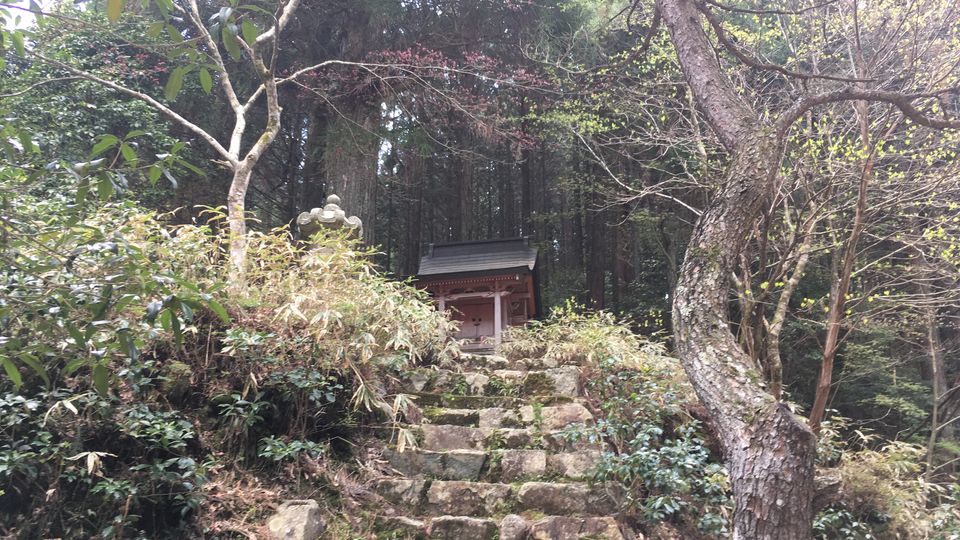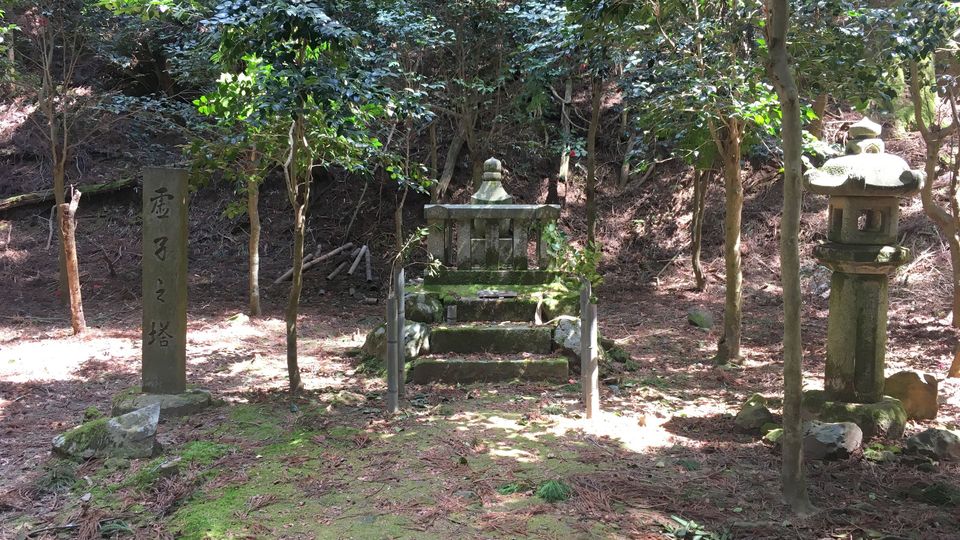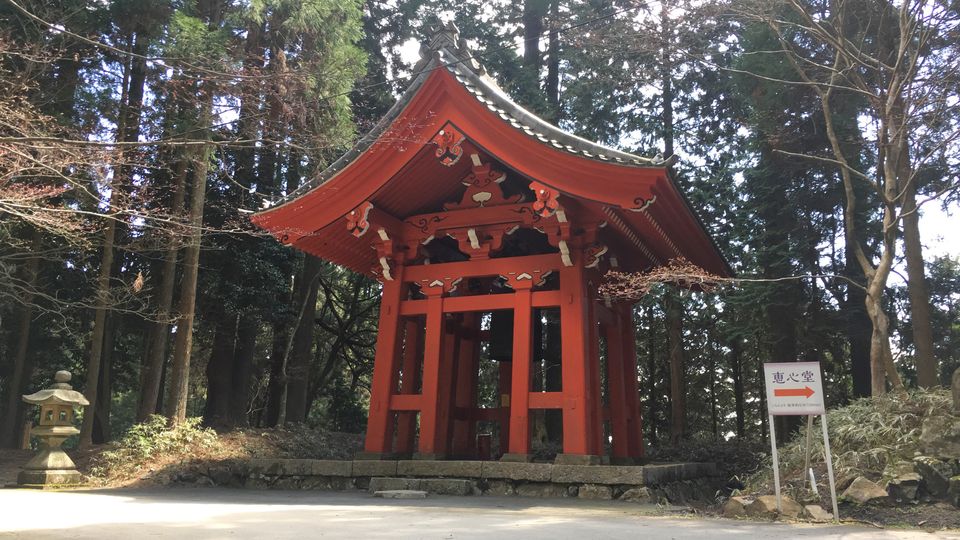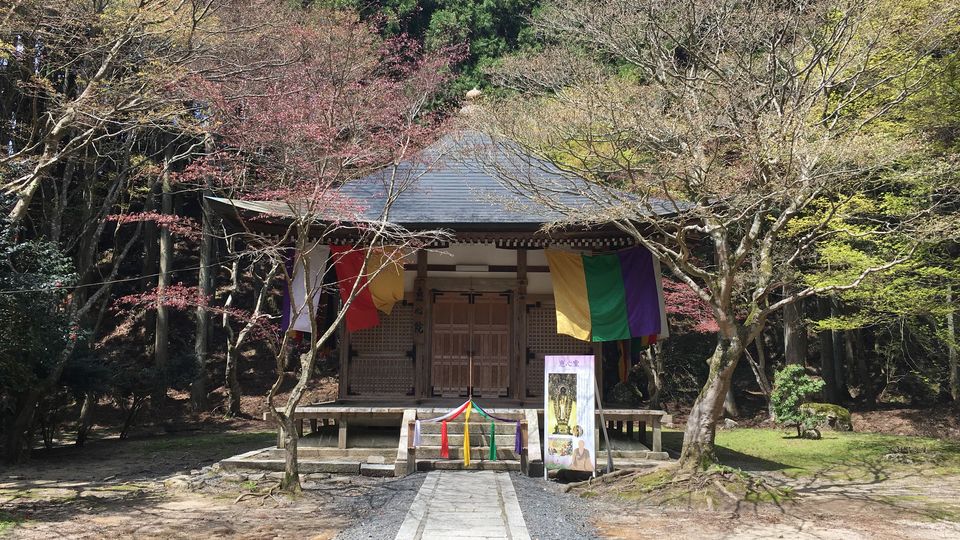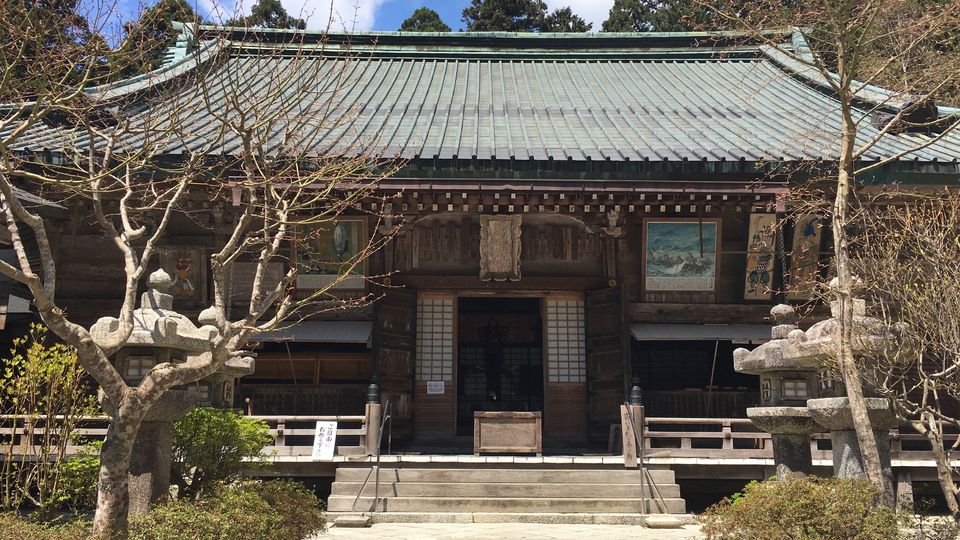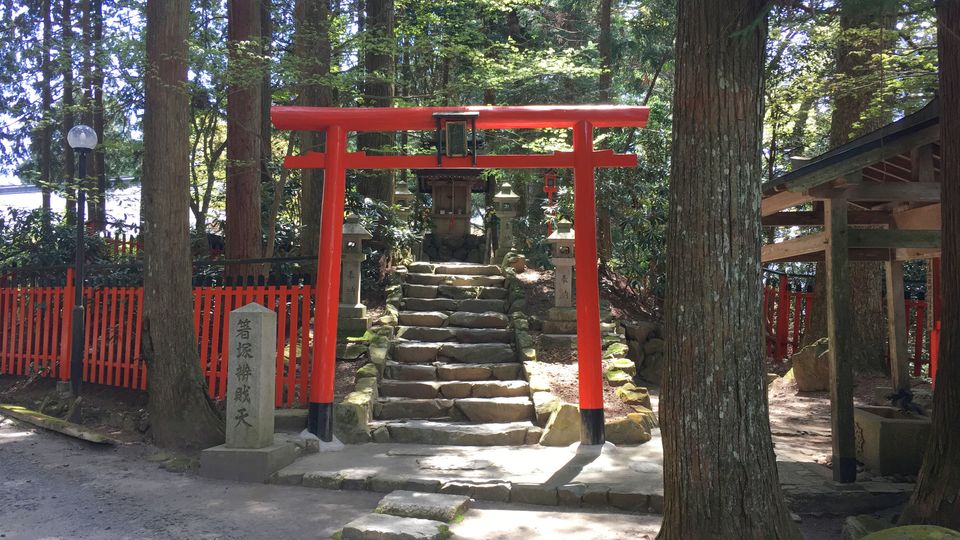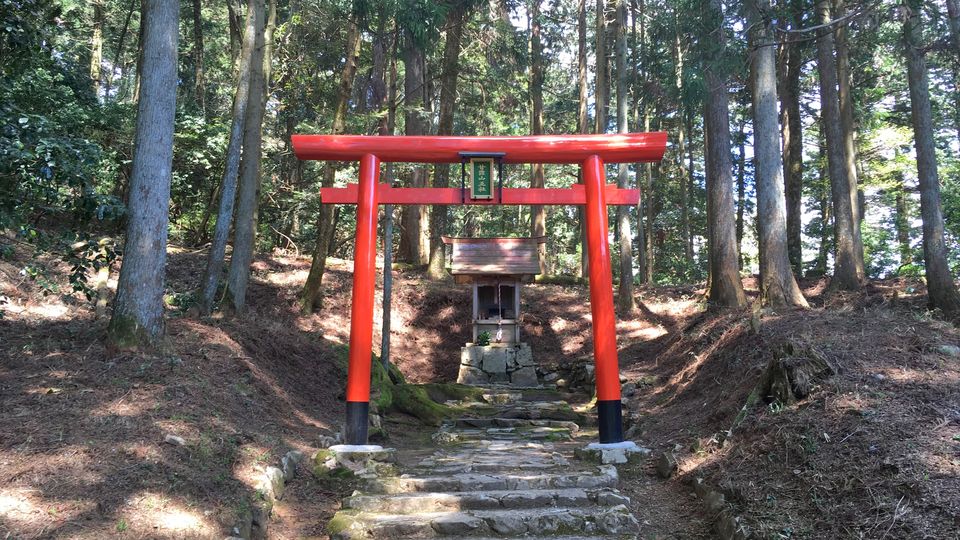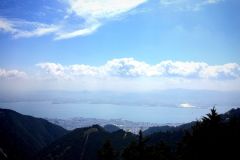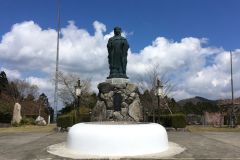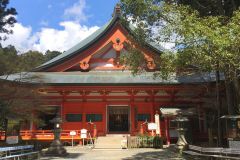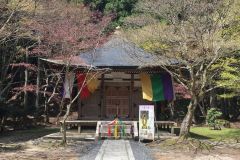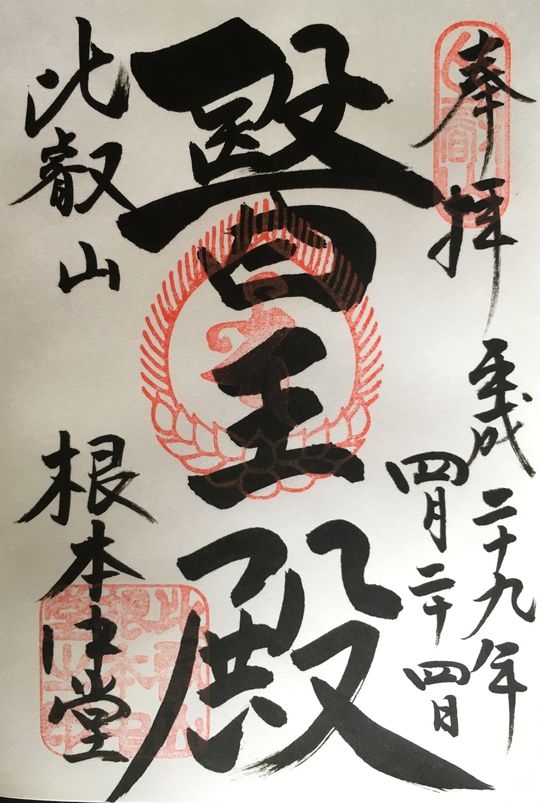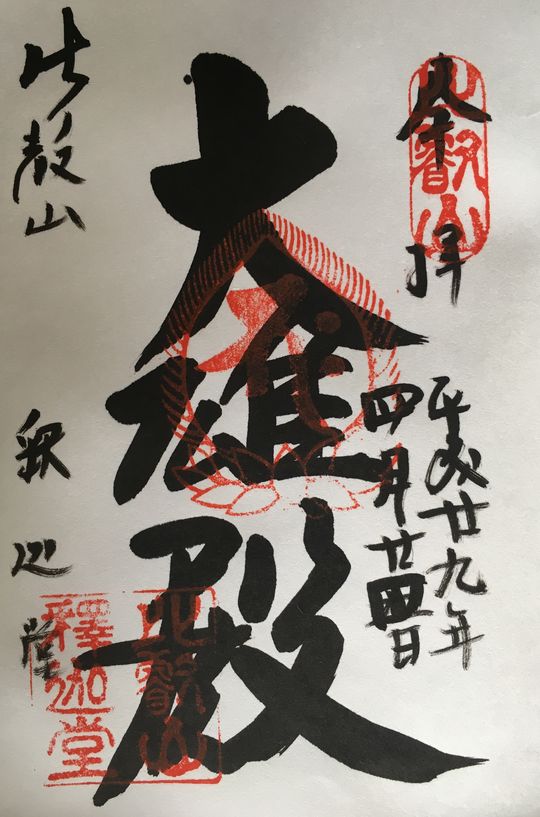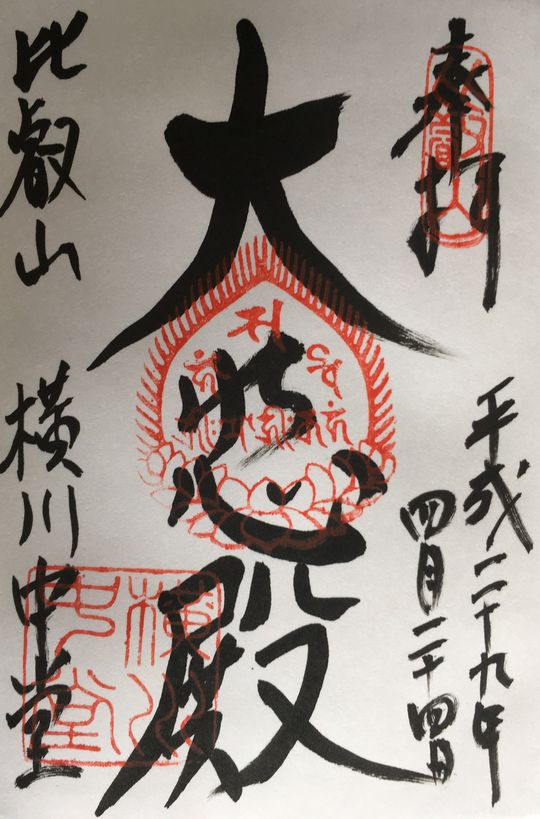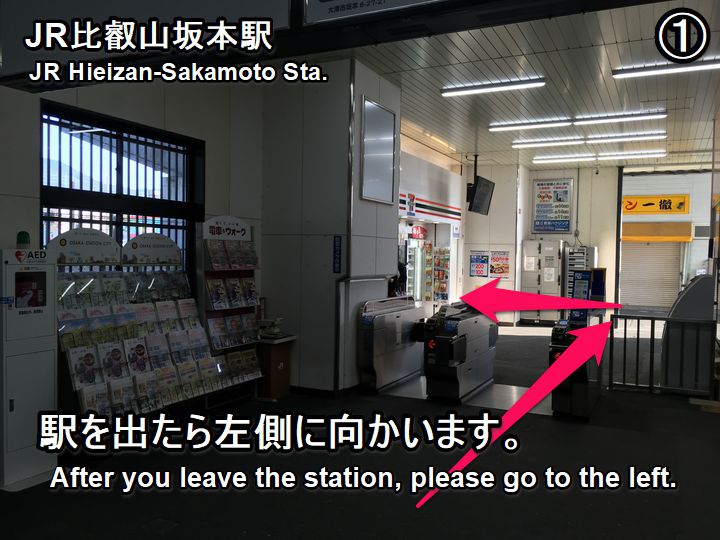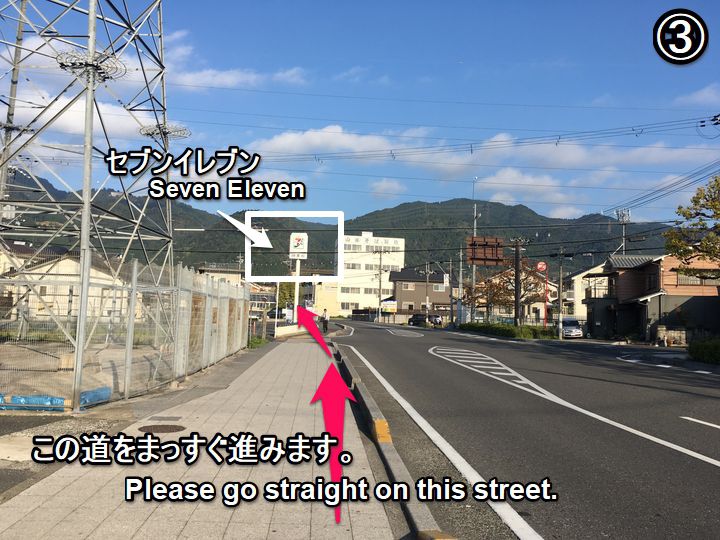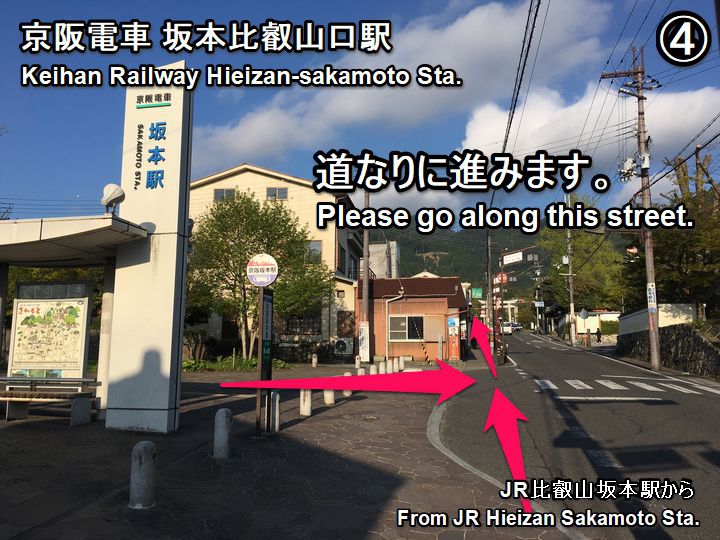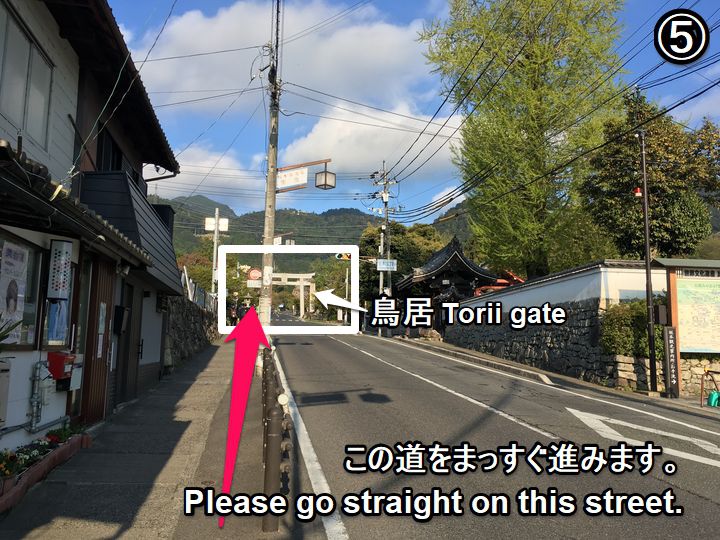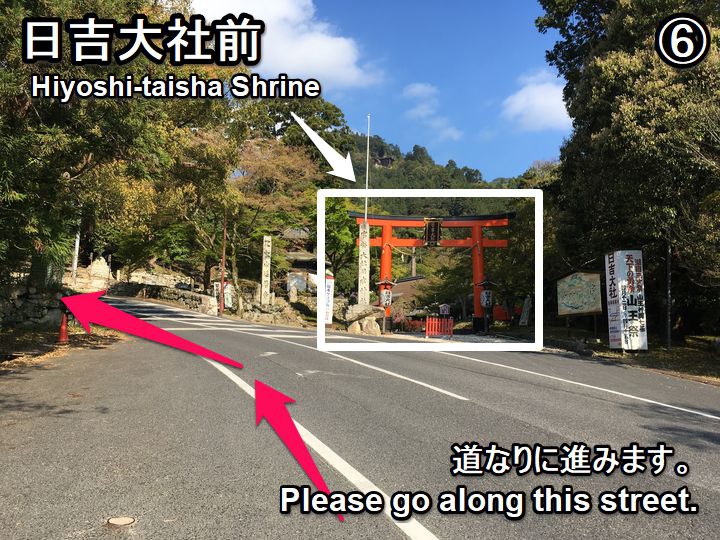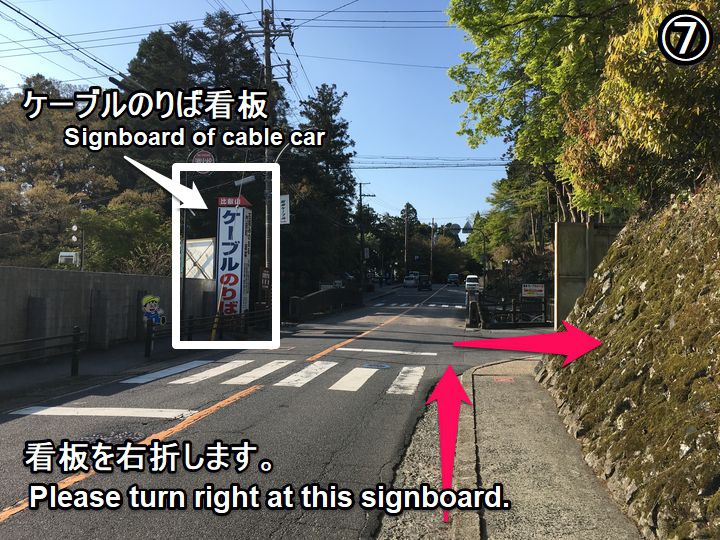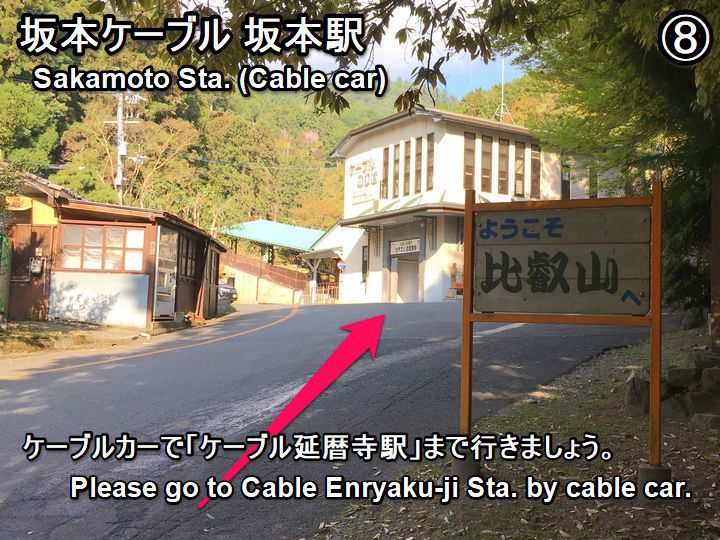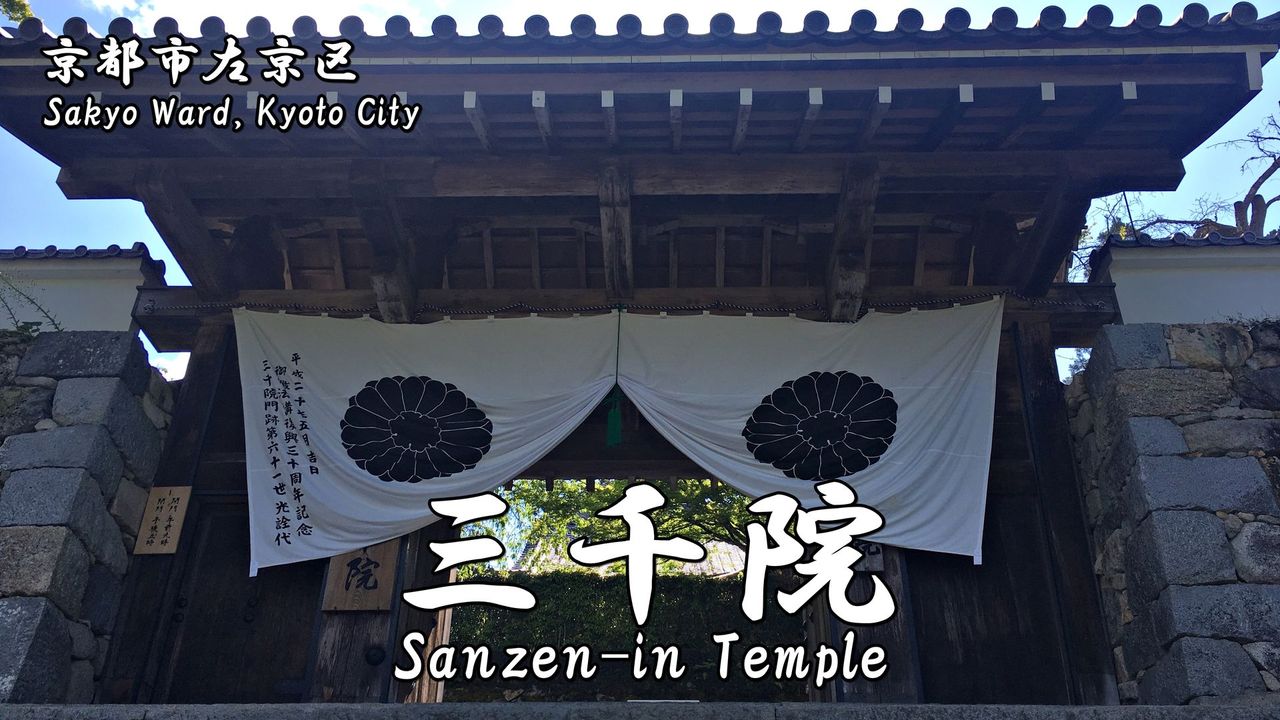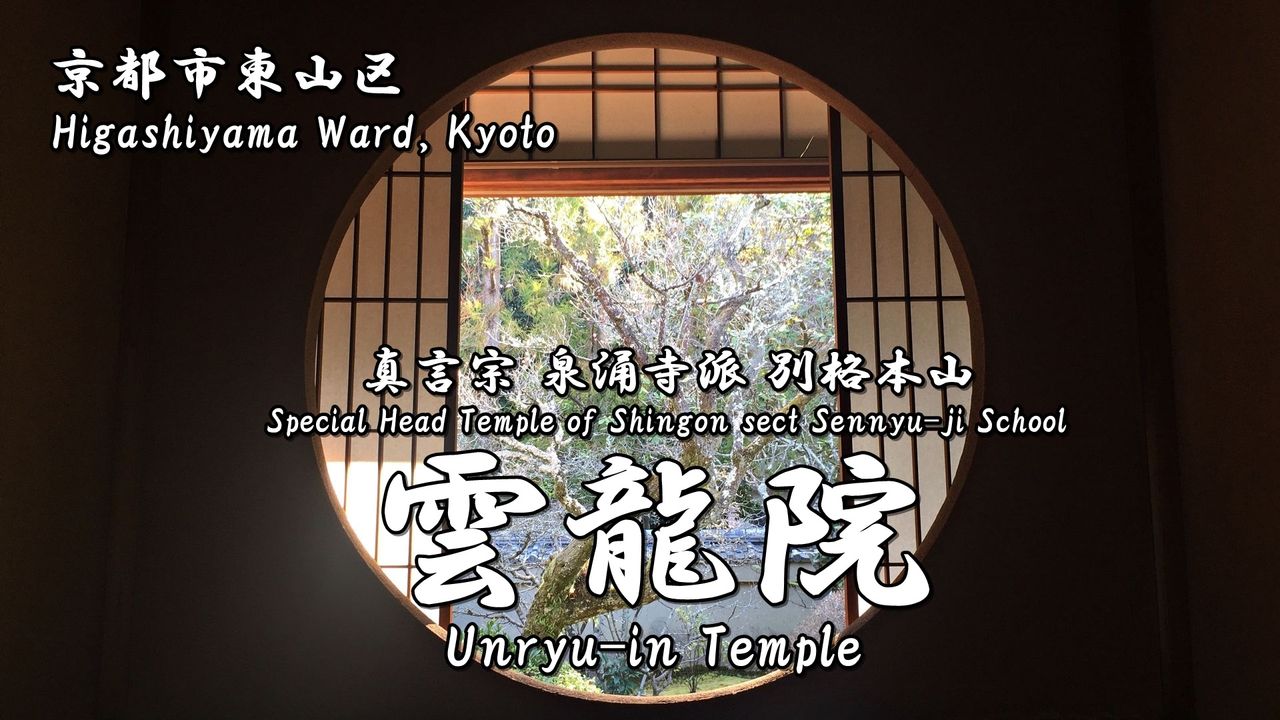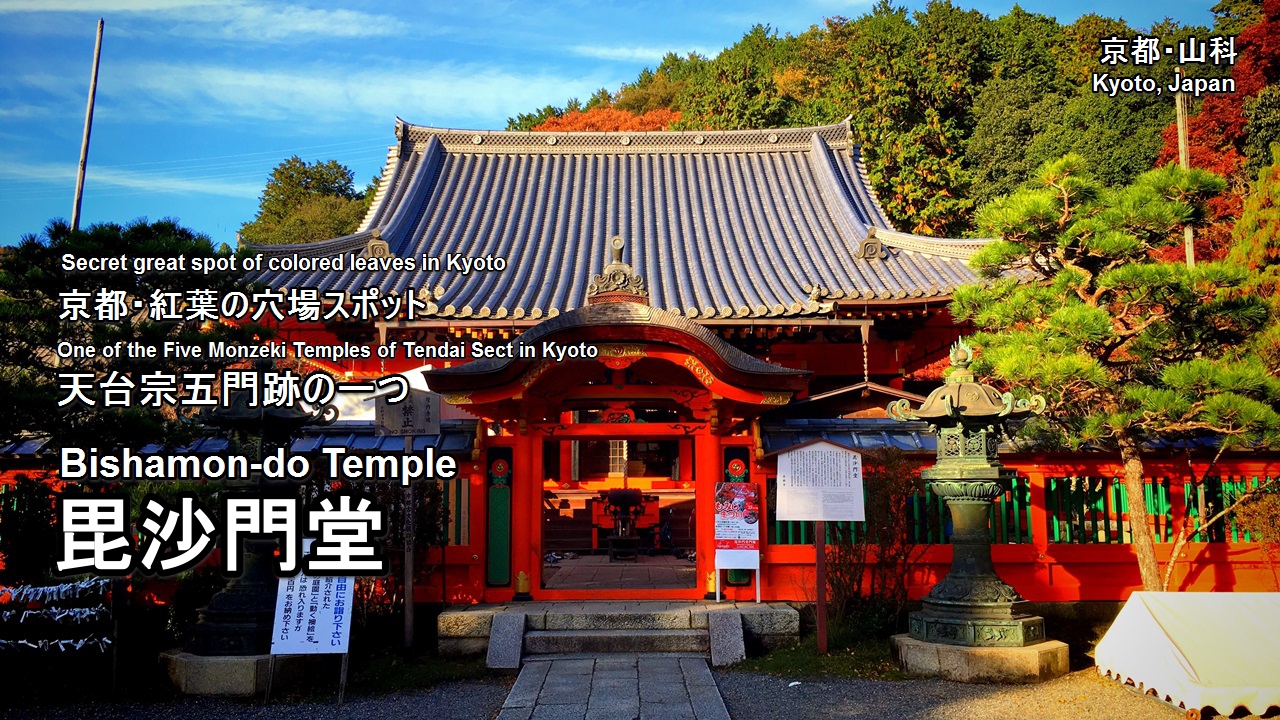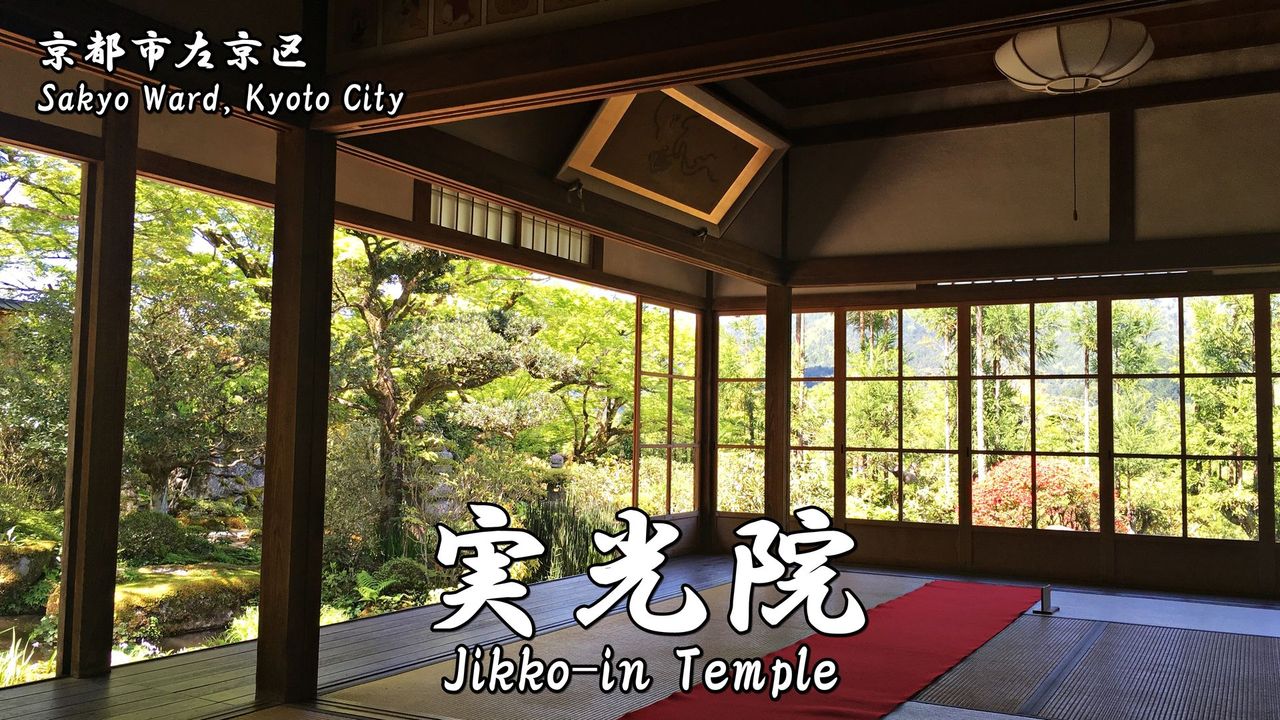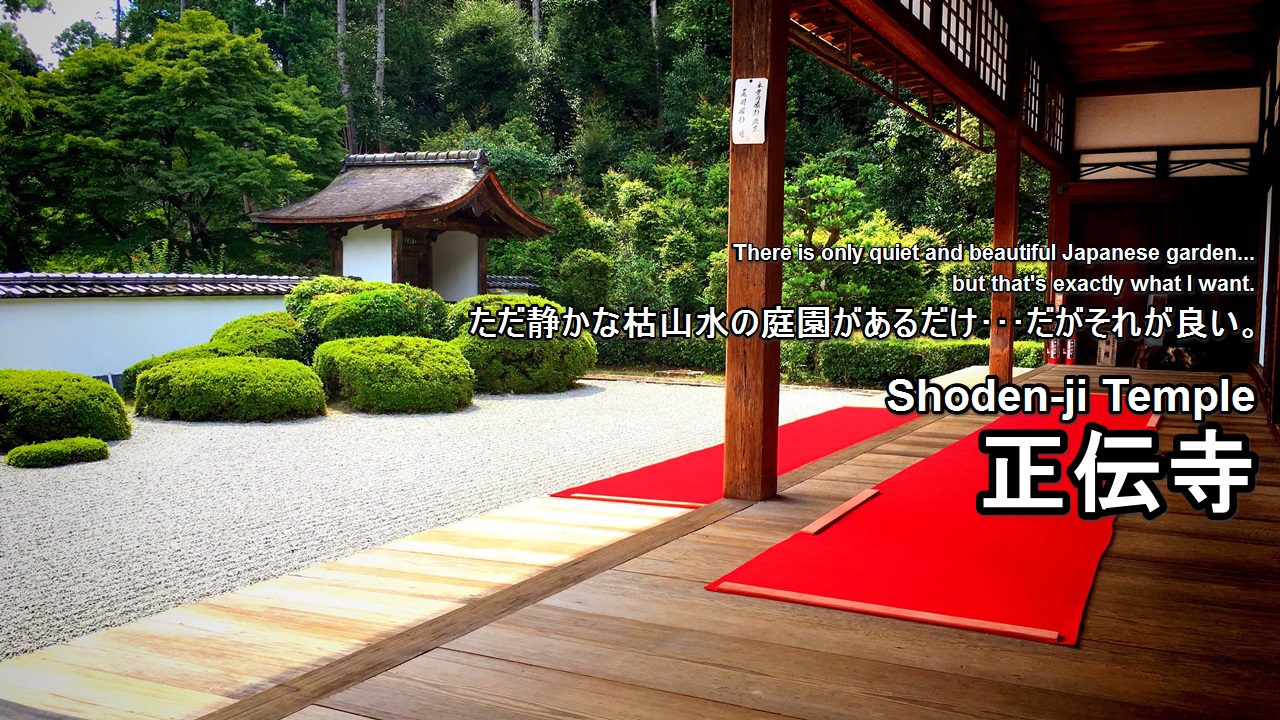
Enryaku-ji Temple (延暦寺) is the head temple of the Tendai Sect located in Sakamotohonmachi, Otsu City, Shiga Prefecture.
It was founded in 788 of the Nara period by Saicho (最澄) who was the founder of the Tendai sect, also called ‘Denkyo Daishi (伝教大師).’
Because it produced many distinguished priests, Enryaku-ji Temple is also called ‘Mother of the Japanese Buddhism.’
It is registered as a UNESCO World Heritage Site as one of the ‘Historic Monuments of Ancient Kyoto (古都京都の文化財).’
History of Enryaku-ji
Let’s study the history of this temple with me before introducing Enryaku-ji (延暦寺).
I think that we can enjoy the sightseeing of this temple more by learning the history of it. XD
It was founded in 788 of the Nara period by Saicho (最澄) who was the founder of the Tendai sect, also called ‘Denkyo Daishi (伝教大師).’
When the temple was built, it was a small hall that enshrined Yakushi Nyorai called ‘Ichijo Shikan-in (一乗止観院)‘.
It was allowed to use the name of the era in which it was built (Enryaku (延暦)) and came to be called Enryaku-ji Temple in 824, after Saicho’s death.
Honen (法然) (Initiator of the Jodo sect of Buddhism), Shinran (親鸞) (Initiator of the Jodo Shin sect of Buddhism), Eisai (栄西) (Initiator of the Rinzai sect of Buddhism), Nichiren (日蓮) (Initiator of the Nichiren sect of Buddhism).
Many famous Buddhist priests learned in Enryaku-ji.
So, it is also called ‘Mother of the Japanese Buddhism’ or ‘University of the Japanese Buddhism.’
Enryaku-ji Temple which had powerful power was destroyed in 1571 by Nobunaga Oda (織田信長).
This is ‘The fire attack against Mt. Hiei’ which is famous case In the Japanese history.
Therefore, all the buildings of Enryaku-ji Temple were rebuilt after this case.
About Enryaku-ji
Information
Address:4220, Sakamotohommachi, Otsu Shi, Shiga Ken, 520-0116, Japan
Phone Number:+81-077-578-0001
Foundation:788
Founder:Saicho (最澄)
Sect:Tendai Sect (天台宗)
Principal image:Yakushi Nyorai (薬師如来)
Open
| Todo area | Saito / Yokawa area | |
| March – November | 8:30 – 16:30 | 9:00 – 16:00 |
| December | 9:00 – 16:00 | 9:30 – 15:30 |
| January – February | 9:00 – 16:30 | 9:30 – 16:00 |
Admission Fee (Until the end of February, 2020)
| Precincts | Kokuho-den (Treasure Hall) | |
| Adults | 700 yen | 500 yen |
| Junior and high students | 500 yen | 300 yen |
| Elementary students | 300 yen | 100 yen |
Admission Fee (From March 1, 2020)
| Precincts | Kokuho-den (Treasure Hall) | |
| Adults | 1,000 yen | 500 yen |
| Junior and high students | 600 yen | 300 yen |
| Elementary students | 300 yen | 100 yen |
Other information
・Please ask temple’s staff where you can take photos and videos.
・Worship method of a shinto shrine and a buddhist temple, please refer to the following article.
Temple’s Website
Next, Let’s go to see highlights of this temple with me!
The precincts of Enryaku-ji are divided into three areas, called Todo (東塔), Saito (西塔), and Yokawa (横川).
Todo is the original grounds of Enryaku-ji Temple, it is the area centered around the main hall, Komponchu-do hall.
Saito is the area centered around Shaka-do hall which is the oldest building in this temple.
Yokawa is the area centered around Yokawa Chu-do hall which is 18nd temple of New Saigoku Sanjusankasho Kannon Pilgrimage.
Highlights of Enryaku-ji (Todo area)
- 根本中堂【国宝】*(Konpon Chu-do hall【National Treasure】*)
- 文殊楼【重要文化財】*(Monju-ro tower【Important cultural property】*)
- 大黒堂*(Daikoku-do hall*)
- 萬拝堂*(Manhai-do hall*)
- 大書院*(Dai Sho-in hall*)
- 延暦寺会館/正覚院不動*(Enryaku-ji hall / Shokakuin-fudo Temple*)
- 法然堂*(Honen-do hall*)
- 星峯稲荷社*(Hoshimine Inari-sha Shrine*)
- 鐘楼*(Bell tower*)
- 大講堂【重要文化財】*(Dai Ko-do hall【Important cultural property】*)
- 前唐院*(Mae-no-To-in hall*)
- 瑞雲院*(Zuiun-in hall*)
- 国宝殿*(Kokuho-den hall*)
- 戒壇院【重要文化財】*(Kaidan-in hall【Important cultural property】*)
- 阿弥陀堂*(Amida-do hall*)
- 法華総持院東塔*(Hokke Soji-in Toto Pagoda*)
This mark (*) is a pay area.
根本中堂【国宝】*(Konpon Chu-do hall【National Treasure】*)
Konpon Chu-do hall was rebuilt by Iemitsu TOKUGAWA (徳川家光) in 1642 of the Edo period.
It is the largest central hall of Enryaku-ji and its principal image is Yakushi Nyorai (薬師如来).
文殊楼【重要文化財】*(Monju-ro tower【Important cultural property】*)
Its principal image is Monju Bosatsu (文殊菩薩).
大黒堂*(Daikoku-do hall*)
Its principal image is Daikokuten (大黒天).
萬拝堂*(Manhai-do hall*)
Its principal image is Kannon Bosatsu (観音菩薩).
大書院*(Dai Sho-in hall*)
It was built from a portion of Kichibe MURAI’s residence in Tokyo that was moved here on the occasion of Emperor Showa’s coronation, it is used as a reception hall.
延暦寺会館/正覚院不動*(Enryaku-ji hall / Shokakuin-fudo Temple*)
法然堂*(Honen-do hall*)
It is the place where Honen (法然) who was an initiator of the Jodo sect of Buddhism trained itself here.
星峯稲荷社*(Hoshimine Inari-sha Shrine*)
Its principal image is Dakiniten (荼枳尼天).
鐘楼*(Bell tower*)
大講堂【重要文化財】*(Dai Ko-do hall【Important cultural property】*)
It was built in 1634 of the Edo period and relocated here in 1964 of the Showa period.
Its principal image is Dainichi Nyorai (大日如来).
前唐院*(Mae-no-To-in hall*)
Its principal image is Ennin (円仁) who was the 3rd Chief Abbot of the Tendai sect and called Jikaku Daishi (慈覺大師).
瑞雲院*(Zuiun-in hall*)
This building has the role as a dojo studio to train ‘Hokke Zanmai (法華三昧)‘ of the Tendai sect.
国宝殿*(Kokuho-den hall*)
This building has the role as a treasure hall of this temple.
戒壇院【重要文化財】*(Kaidan-in hall【Important cultural property】*)
Kaidan (戒壇), one of the ceremonies of the Buddhism, is performed in this building.
The term kaidan is a Buddhist term that refers to a place for giving the precepts of Buddhism.
阿弥陀堂*(Amida-do hall*)
It was rebuilt in 1937 of the Showa period.
Its principal image is Amida Nyorai (阿弥陀如来).
法華総持院東塔*(Hokke Soji-in Toto Pagoda*)
It was rebuilt in 1980 of the Showa period.
Its principal image is Gochi Nyorai (五智如来).
Highlights of Enryaku-ji (Saito area)
- 山王院*(Sanno-in hall*)
- 浄土院【重要文化財】*(Jodo-in hall【Important cultural property】*)
- 常行堂【重要文化財】*(Jogyo-do hall【Important cultural property】*)
- 法華堂【重要文化財】*(Hokke-do hall【Important cultural property】*)
- 西塔政所*(Sai-to Mandokoro*)
- 恵亮堂*(Eryo-do hall*)
- 釈迦堂/転法輪堂【重要文化財】*(Shaka-do hall【Important cultural property】*)
- 鐘楼【重要文化財】*(Bell tower【Important cultural property】*)
- 箕淵弁財天社*(Minobuchi Benzaiten-sha Shrine*)
- 居士林*(Kojirin hall*)
This mark (*) is a pay area.
山王院*(Sanno-in hall*)
It is the remains of Enchin‘s house who was the 5th Chief Abbot of the Tendai sect and called Chisho Daishi (智証大師).
浄土院【重要文化財】*(Jodo-in hall【Important cultural property】*)
It is the mausoleum of the founder, Saicho (最澄), which is considered to be the most sacred place in this temple.
常行堂【重要文化財】*(Jogyo-do hall【Important cultural property】*)
It was built in 1595 of the Azuchi-momoyama period.
Its principal image is Amida Nyorai (阿弥陀如来).
法華堂【重要文化財】*(Hokke-do hall【Important cultural property】*)
It was built in 1595 of the Azuchi-momoyama period.
Its principal image is Fugen Bosatsu (普賢菩薩).
西塔政所*(Sai-to Mandokoro*)
恵亮堂*(Eryo-do hall*)
Its principal image is Eryo (恵亮) who was one of the pupils of Ennin (円仁).
釈迦堂/転法輪堂【重要文化財】*(Shaka-do hall【Important cultural property】*)
Shaka-do hall was rebuilt by Hideyoshi Toyotomi (豊臣秀吉) in 1595 of the Azuchi-momoyama period.
It is the central hall of Saito area and its principal image is Shaka Nyorai (釈迦如来).
鐘楼【重要文化財】*(Bell tower【Important cultural property】*)
箕淵弁財天社*(Minobuchi Benzaiten-sha Shrine*)
Its principal image is Benzaiten (弁財天).
居士林*(Kojirin hall*)
This is a facility for tourists to experience Buddhist practice.
Highlights of Enryaku-ji (Yokawa area)
- 伝教大師尊像*(Statue of Denkyo-daishi*)
- 龍ヶ池弁財天*(Ryugaike Benzaiten Shrine*)
- 根本如法塔*(Konpon Nyoho-to Pagoda*)
- 横川中堂*(Yokawa Chu-do hall*)
- 赤山宮*(Sekizan-gu Shrine*)
- 虚子の塔*(Kyoshi’s Pagoda*)
- 横川鐘楼【重要文化財】*(Yokawa bell tower【Important cultural property】*)
- 恵心堂*(Eshin-do hall*)
- 四季講堂/元三大師堂【重要文化財】*(Shiki Ko-do hall【Important cultural property】*)
- 箸塚辨財天*(Hashituka Benzaiten Shrine*)
- 比叡山行院*(Hieizan Gyo-in hall*)
- 甘露山王社*(Kanro Sanno-sha Shrine*)
This mark (*) is a pay area.
伝教大師尊像*(Statue of Denkyo-daishi*)
龍ヶ池弁財天*(Ryugaike Benzaiten Shrine*)
Its principal image is Benzaiten (弁財天).
根本如法塔*(Konpon Nyoho-to Pagoda*)
横川中堂*(Yokawa Chu-do hall*)
Yokawa Chu-do hall was rebuilt in 1971 of the Showa period.
It is the central hall of Yokawa area and its principal image is Sho Kannon (聖観音).
It is also the 18th temple of New Saigoku Sanjusankasho Kannon Pilgrimage.
赤山宮*(Sekizan-gu Shrine*)
Its principal image is Sekizan Daimyojin (赤山大明神) whichi is the guardian deity of the mountain called Sekizan in China.
虚子の塔*(Kyoshi’s Pagoda*)
It is the pagoda for recollection of Kyoshi Takahama (高浜虚子) who was a famous poet in the Meiji, Taisho and Showa periods.
He lived in Kyoto for school days and often visited Enryaku-ji.
横川鐘楼【重要文化財】*(Yokawa bell tower【Important cultural property】*)
恵心堂*(Eshin-do hall*)
Its principal image is Genshin (源信), called Eshin Sozu (恵心僧都), who was one of the high priest of the Tendai sect.
四季講堂/元三大師堂【重要文化財】*(Shiki Ko-do hall【Important cultural property】*)
Shiki Ko-do hall was rebuilt in 1652 of the Edo period.
Shiki (四季) has a meaning of ‘four seasons’ in Japanese.
This building was named ‘Shiki Ko-do’ because Buddhist MTG is held every season.
箸塚辨財天*(Hashituka Benzaiten Shrine*)
Its principal image is Benzaiten (弁財天).
比叡山行院*(Hieizan Gyo-in hall*)
This building has the role as a dojo studio to train ‘Shido Kegyo (四度加行)‘ of the Tendai sect.
甘露山王社*(Kanro Sanno-sha Shrine*)
Its principal image is Sanno Gongen (山王権現) which is the jinushigami (tutelary deity) of Mt. Hiei.
Movie of Enryaku-ji
Photo of Enryaku-ji
About World Heritage ‘Historic Monuments of Ancient Kyoto’
In 1994, it was registered as a World Heritage Site as part of the “Historic Monuments of Ancient Kyoto“.
“Historic Monuments of Ancient Kyoto” is a collective term of the temples in Kyoto City and Uji City, Kyoto Prefecture and Otsu City, Shiga Prefecture.
Goshuin (Red ink stamp) of Enryaku-ji
Konpon Chu-do hall’s goshuin is ‘Io-den (醫王殿)‘.
Ioden is a generic name of the temple building to enshrine Yakushi Nyorai (薬師如来).
Shaka-do hall’s goshuin is ‘Daiyu-den(大雄殿)‘.
Daiyu-den is a generic name of the temple building to enshrine Shaka Nyorai (釈迦如来).
Yokawa Chu-do hall’s goshuin is ‘Daihi-den(大悲殿)‘.
Daihi-den is a generic name of the temple building to enshrine Kannon Bosatsu (観音菩薩).
How to get to Enryaku-ji
Nearest station is Cable Enryakuji Station (Sakamoto cable car) or Cable Hiei Station (Eizan cable car).
We can also go by bus from Kyoto Station and Demachiyanagi Station.
From Osaka Sta. to Cable Enryakuji Sta. (by train)
Timetable and Route Search (train)
1.Get on the JR Kyoto Line (go through to the Kosei Line) from Osaka Station to Hieizan Sakamoto Station and walk to the Cable Sakamoto Station.
2.Get on the Sakamoto cable from Cable Sakamoto Station to Cable Enryakuji Station.
From Namba Sta. to Cable Enryakuji Sta. (by train)
Timetable and Route Search (train)
1.Get on the Osaka Metro Midosuji from Namba Station to Shin-Osaka Station and change to the JR Kyoto Line (go through to the Kosei Line).
2.Get on the JR Kyoto Line (go through to the Kosei Line) from Shin-Osaka Station to Hieizan Sakamoto Station and walk to the Cable Sakamoto Station.
3.Get on the Sakamoto cable from Cable Sakamoto Station to Cable Enryakuji Station.
From Kyoto Sta. to Cable Enryakuji Sta. (by train)
Timetable and Route Search (train)
1.Get on the JR Kosei Line from Osaka Station to Hieizan Sakamoto Station and walk to the Cable Sakamoto Station.
2.Get on the Sakamoto cable from Cable Sakamoto Station to Cable Enryakuji Station.
From Hieizan Sakamoto Sta. to Cable Sakamoto Sta. (on foot)
It’s about 30 minutes (1.4 km) on foot.
Get on a bus from Kyoto Station
Timetable and Route Search (bus)
Please get on a Keihan Bus No.57 (Kyoto Sta. [C6] bus stop) and get off Hieisancho (Mt. Hiei) bus stop.
Bus company:Keihan Bus
Routes/Destination:No.57[Bound for Hieisancho (Mt. Hiei)]
Boarding bus stop:Kyoto Sta.[C6]
Alighting bus stop:Hieisancho (Mt. Hiei)
Bus fare:840 yen
Time required:About 80 min
Please get on a Kyoto Bus No.51 (Kyoto Sta. [C6] bus stop) and get off Hieisancho (Mt. Hiei) bus stop.
Bus company:Kyoto Bus
Routes/Destination:No.51[Bound for Hieisancho (Mt. Hiei)]
Boarding bus stop:Kyoto Sta.[C6]
Alighting bus stop:Hieisancho (Mt. Hiei)
Bus fare:840 yen
Time required:About 70 min
Get on a bus from Demachiyanagi Station
Timetable and Route Search (bus)
Please get on a Keihan Bus No.57 (Demachiyanagi Sta. Bus Stop) and get off Hieisancho (Mt. Hiei) bus stop.
Bus company:Keihan Bus
Routes/Destination:No.57[Bound for Hieisancho (Mt. Hiei)]
Boarding bus stop:Demachiyanagi Sta.
Alighting bus stop:Hieisancho (Mt. Hiei)
Bus fare:840 yen
Time required:About 53 min
Please get on a Kyoto Bus No.51 (Demachiyanagi Sta. bus stop) and get off Hieisancho (Mt. Hiei) bus stop.
Bus company:Kyoto Bus
Routes/Destination:No.51[Bound for Hieisancho (Mt. Hiei)]
Boarding bus stop:Demachiyanagi Sta.
Alighting bus stop:Hieisancho (Mt. Hiei)
Bus fare:840 yen
Time required:About 50 min
Take a taxi
From Kyoto Station:about 4,300 yen (30 minutes)
From Gion-Shijo Station:about 3,500 yen (20 minutes)
Toll of the expressway is not included.
・Let’s show a taxi driver the following phrase.
・If you want to call a taxi, let’s show the following phrase.
・Phone number of taxi dispatch (Around Kyoto Sta.)
Hotel search & reservation around Enryaku-ji
How did you like it?
Have a nice trip!

